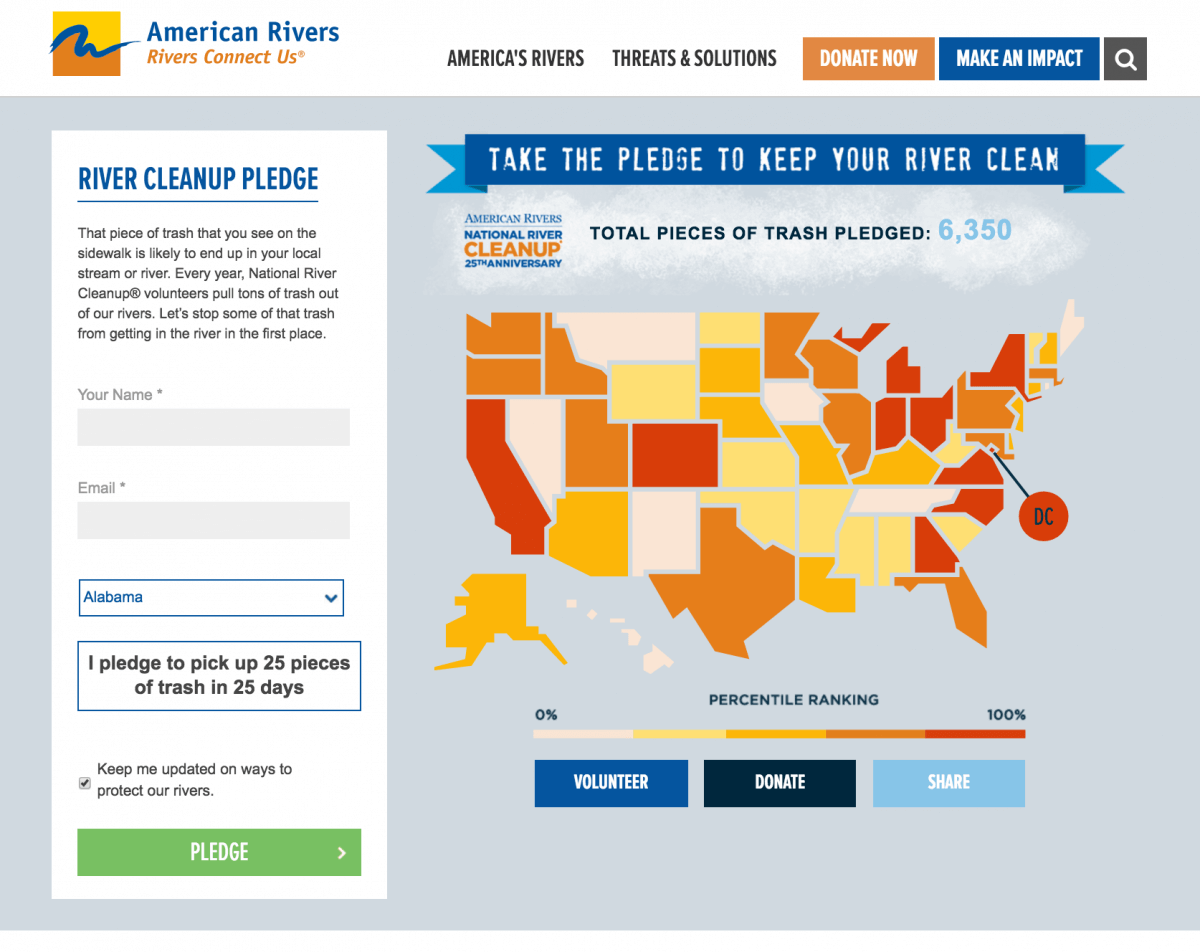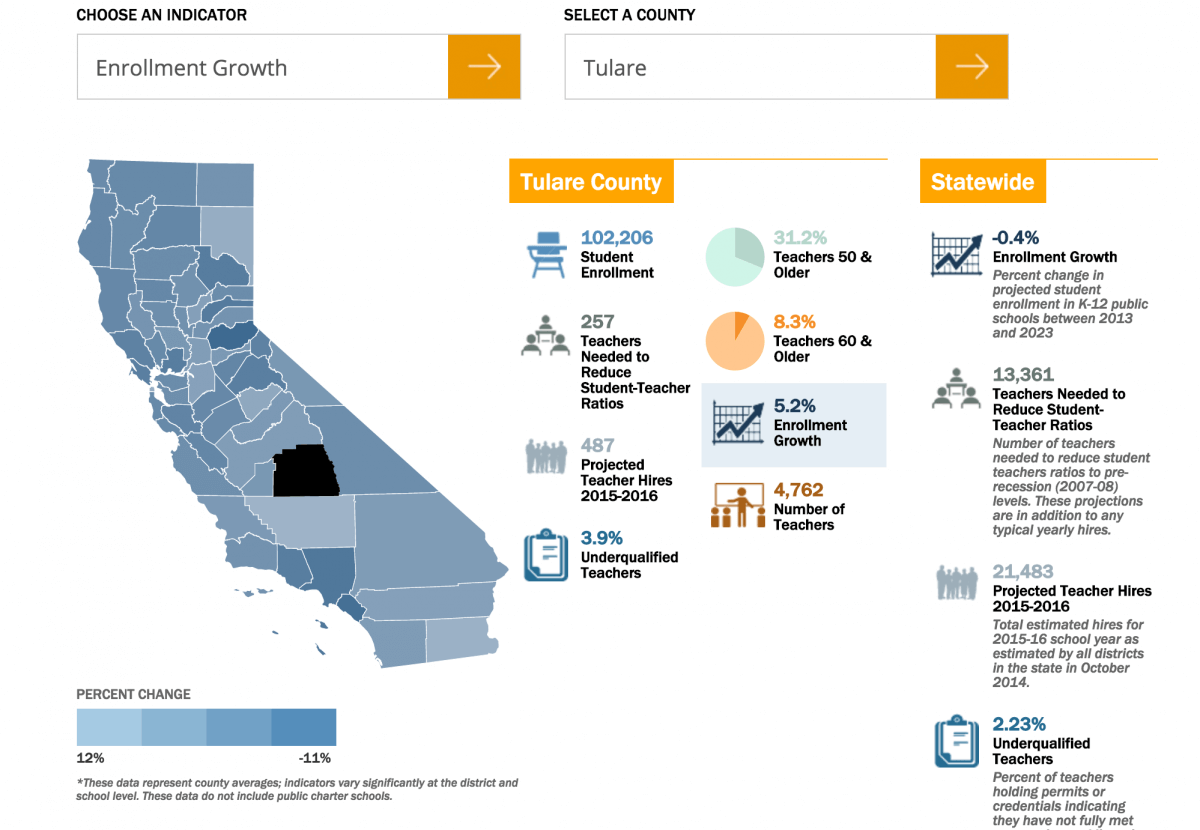It’s hard to make your organization stand out in the crowded nonprofit space.
That’s one of the reasons that Rootid started the brandUP awards.
Our team saw over and over that there are a lot of great nonprofits that are facing resolvable obstacles, but just didn’t have the resources or expertise to break through.
Here are few ideas on how we think organizations could use the brandUP award to better their organization.
This doesn’t mean that you can’t use the award for something else. Remember you know what will take your mission to the next level! But, we thought these were cool ideas as project, or even part of projects.
1. Brand Strategy and Development
Many in the nonprofit world believe that branding something that the for-profit sector should deal with, and has no use in the nonprofit world.
This is dead wrong.
In fact, branding is just as important for nonprofits as it is for profit-seeking companies, and perhaps more so.
The Harvard Business Review reported that 64% of people cite shared values as the main reason they have a relationship with a brand.
In the world of nonprofit work, isn’t shared values one of the biggest things you hang your hat on to generate loyal supporters? Of course it is!
Rootid works with clients to generate brands that speak to their supporters.
Most people think about brand and they think about logos. This is certainly part of a brand, but a logo isn’t generated out of thin air!
Our brand development process starts way before the production of artwork. We start by interviewing internal and external stakeholders extensively.
From these interviews we have a clear understanding of a brand’s core values, who your target audiences are, what motivates those audiences, and the channels through which we can speak to them best.
Do you know what your brand stands for? The brandUP awards could be a great time to do some deep soul searching about how your brand is positioned and if it is effectively reaching your audience, and expressing shared values.
2. Content Marketing Strategy
It’s hard to get your marketing message out to your supporters in the age of cell phone alerts, social media, and streaming TV.
(squirrel!)
Having a rock solid content marketing strategy will help you engage more constituents and keep them engaged.
According to a recent survey by the Content Marketing Institute, 79% of nonprofit professionals said that fundraising is the number-one goal of their content marketing, with brand awareness coming in second and engagement third. Yet, only 25% of respondents have a content marketing strategy in place.
Relying on content marketing as a primary driver for fundraising, but having no plan is not going to be successful.
Rootid works with clients to build content marketing strategies built around a better understanding of your audience and the end goals.
The bottom line: who are the people that come to your site, and what do you want them to do?
We will generate user personas through focus groups and user interviews.
Then, we build an actionable content marketing strategy that identifies communication channels that will reach the most users, messaging that motivates them, and website design that will drive them to take action.
Content marketing is a vital piece to build brand awareness, boost donations, and widen your inner circle of supporters.
3. User Generated Content Campaign

Website users no longer expect their online experience to be a one-way street. They want to hold a conversation with a brand.
User Generated Content (UGC) is quickly becoming a vital piece of a brand’s story. Content like, images, Tweets and video that are posted about your brand by your supporters an have become more valuable than anything that your marketing team can themselves.
In fact, according to comScore, and online research firm, 70% of consumers report that they are more likely to trust a peer recommendation over content professionally written one.
What does this mean?
Basically, it means content that your supporters create and share about your nonprofit speaks volumes more than anything you produce in-house.
So, let’s capture the power of UGC!
UGC campaigns or features on your website can be power ways to tell a story.
There are several ways to do this type of work:
- Hashtag campaigns – use a tool like Juicer.io to curate content posted on social media to build a campaign story.
- User-submitted stories on your website – allow users to submit videos, images and text to your website. After an approval process the story is posted.
- Gamification of a pledge – challenge one group of supporters to “out pledge” another group of supporters. The pledge can be fundraiser driven, or volunteer hours driven, or something else. Ask the groups to post about the experience through social media.
There are still more ways, but for the sake of space, we left it at three.
Interactive Data
Ever stared at a bunch of text with stats in it?
Yeah, it’s really boring and usually you miss the story that someone is trying to tell.
Interactive data is a powerful way to tell a story, or compare information.
There are a lot different ways that you can accomplish this.

If you organization does a lot of research, interactive data can be a really powerful way to display your work.
Rootid recently worked with a think tank to showcase the research they did comparing California school district performance on a number of key factors.
Interactive data not only tells a richer story, but it positions your organization as a leader in the field and boosts online engagement.
Marketing Automation
Would you like to increase donations, volunteers and memberships at your organization?
Of course you would. Who wouldn’t?
Marketing automation nurtures your supporters, or new supporters, by bringing them closer to your organization without the need of staff time to do it.
According to HubSpot, a marketing automation company, nurtured leads make 47% larger purchases than non-nurtured leads.
I realize that your nonprofit isn’t selling anything, but it doesn’t take much to make the leap that nurtured leads, or nurtured supporters make larger donations, volunteer more and remain members longer.
Additionally, marketing automation frees up one of the best resources that nonprofits have: their employees. By not making your team do all the mundane day to day of sending emails over and over with the same information.
Marketing automation is behavior driven, which means if a user opens email A and takes action B, your automation platform will “automate” the next step in the process. Maybe it’s sending another email, or inviting them to an event, or asking for a donation.
It bases nurturing on action, not guessing.
The applications of marketing automation are wide and varied, but Rootid has worked with clients (and we use marketing automation internally at our firm), to widen the reach of their mission, and deepen the relationships with their current supporters.
Sound awesome? It is.
